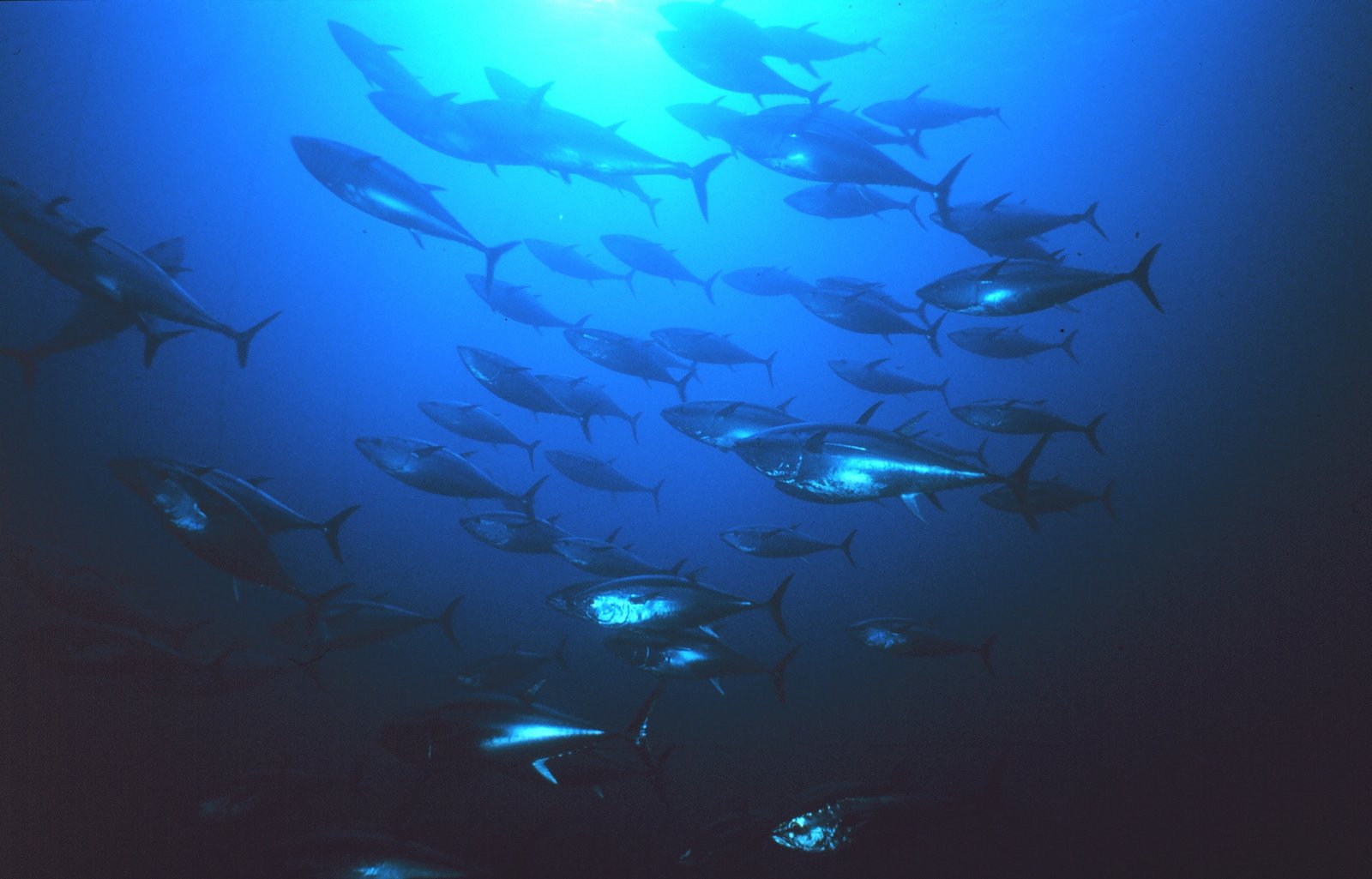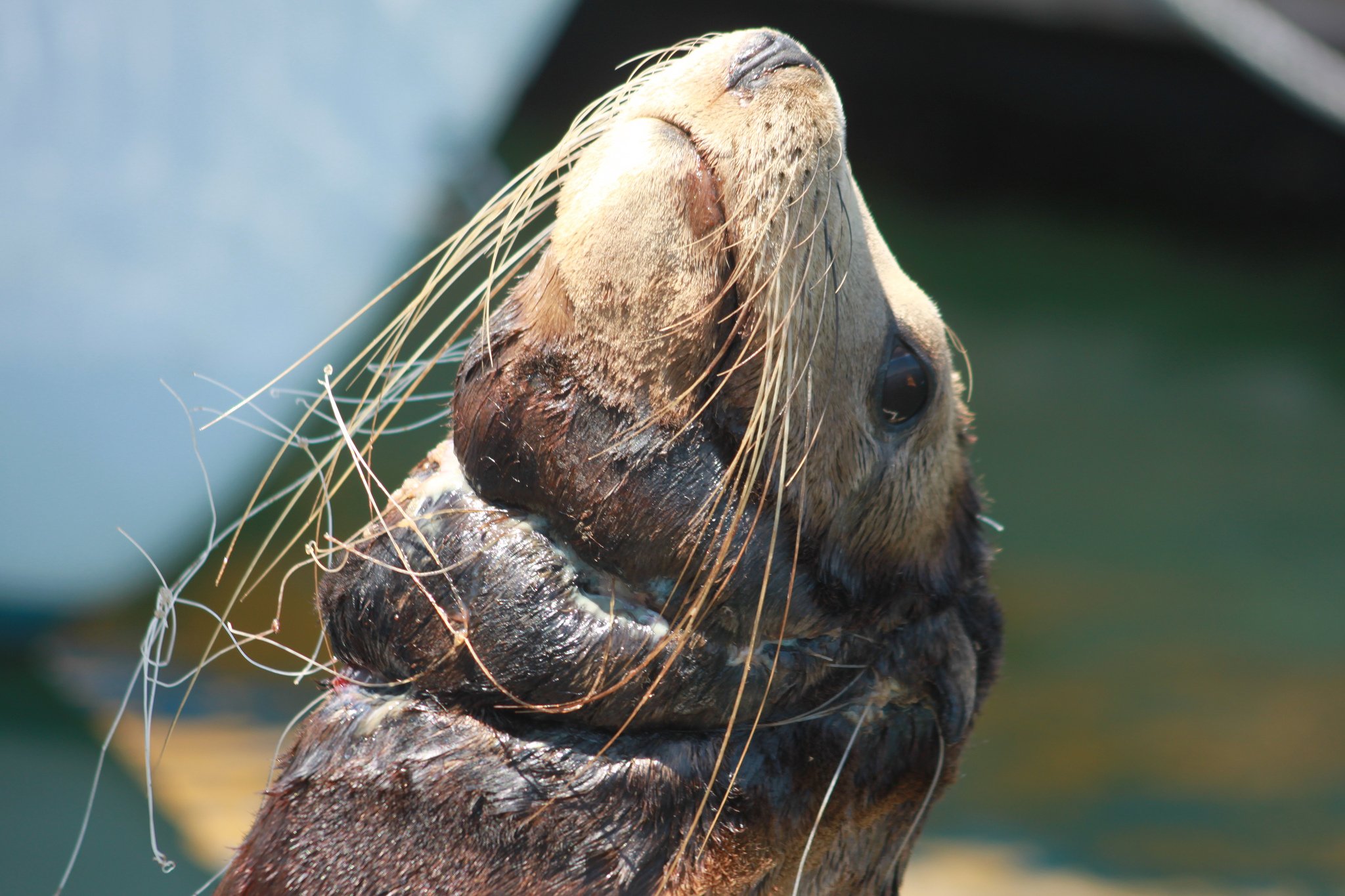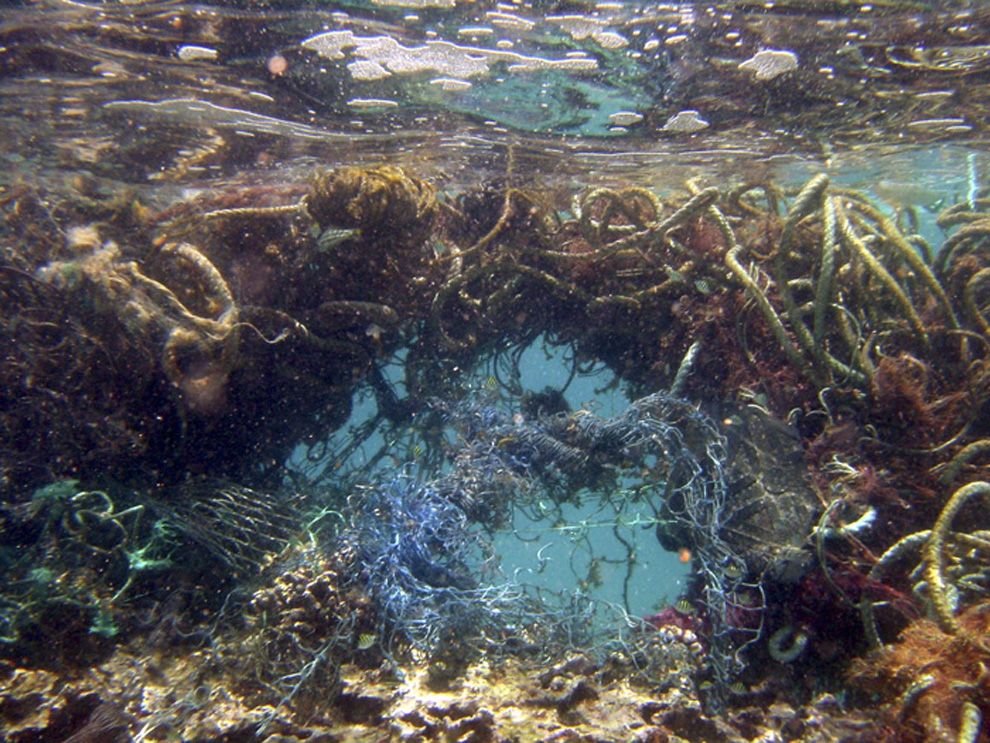Recently, a sushi-loving man who was feeling ill pulled a five-foot long parasite from his bowels and his gruesome endeavor quickly became a viral referendum on sushi and other uncooked foods.
At minimum, the horror story was a stark reminder of how sushi can harbor pathogens and creatures you don’t want to consume.
For some people, it triggered a wholesale reckoning with sushi.
Take Action: Take the Sustainable Seafood Pledge
But the risk of getting food poisoning or parasites is just the beginning of the problems associated with seafood.
Seafood is often described as a middle ground between eating meat and not eating meat — a way to get protein while adhering to ethical and environmental demands.
But there are many ethical, environmental, and even health consequences that stem from buying fish from sushi counters and supermarkets across the world.
For marine advocate John Hourston of the Blue Planet Society, the mounting evidence of harm is enough reason to stop eating fish.
Read More: The ‘Pepsi Lobster’ Isn’t Alone. These 5 Other Animals Were Harmed by Plastic
“My blanket recommendation is, do not eat seafood,” he recently told Global Citizen.
That might be too extreme for most people, but here are four more reasons why you should reconsider your seafood eating habits.
Fish Are Being Wiped Out

The global appetite for seafood is greatly outpacing the ability of fish to reproduce.
In fact, more than 30% of the world’s fisheries are being pushed to the point of collapse, according to the World Wildlife Fund.
Popular species like tuna are being dangerously overfished and many stocks are at risk of disappearing altogether if sustainable management practices aren’t adopted.
A major driver of overfishing is the lack of national and international oversight of the world’s waters. A report by the UN’s Food and Agriculture Organization found that 35 million metric tons of fish go unreported each year by fishing vessels.
That’s a problem because it prevents sustainable fish quotas from being maintained and derails conservation efforts.
And this lack of regulation is leading to abuses in other ways.
The Seafood Industry Kills Animals That People Don’t Eat

Commercial fishing vessels often rely on massive nets that trawl ocean floors to maximize daily catches.
Whenever these nets are used, many animals that were not meant to be caught end up trapped — a phenomenon known as “bycatch.”
The UN estimates that between 20-25% of all sea creatures that are caught are victims of bycatch and many of these creatures die.
Up to 300,000 small whales, dolphins, and porpoises get entangled and killed in this manner each year. The single biggest threat to sea turtles, according to the World Wildlife Fund, is bycatch.
Read More: Fishing Companies Are Trying to Hide How Penguins Are Showing Up Dead in Their Nets
Sometimes, these animals die because they get trapped in fishing materials that are discarded in the water by boats. This can lead to animals swimming around with constricting and painful gear wrapped around or stuck on their bodies, greatly impairing their quality of life.

“Most people who eat crab and lobster probably have no idea that several whales may have had to die to put that shellfish on the plate,” Hourston of the Blue Planet Society said.
This pollution is emblematic of an even bigger problem in marine environments.
Oceans Are Treated as Garbage Dumps

Every minute, the equivalent of a garbage truck worth of plastic makes it into the world’s oceans.
Plastic microbeads, for example, have become a scourge to marine life. A single shower using soap with microbeads can release 10,000 of them into the environment, most of which end up in sources of water
If consumed by animals, microbeads can lead to a range of problems by causing pain, clogging digestive tracts, and blocking the absorption of nutrients. Microbeads are also magnets for toxic chemicals as they float through the water, so when they’re consumed they also leach toxins into animals.
And the amount of toxins present in the world’s oceans is staggering.
Runoff from sewage systems, farms, factories, nuclear testing sites, landfills, construction sites, and many more sources, inundate marine environments every day. More than 80% of the waste that enters the oceans comes from land sources, according to UNESCO.

But cruise ships alone dump more than 1 billion gallons of sewage directly into oceans each year and boats in general dump an estimated 70 to 210 million gallons of waste oil annually.
Read More: Rising Ocean Temperatures Are Killing the Seafood Millions Need to Survive
One industrial toxin that commonly pollutes oceans is mercury, which is either directly deposited through industrial runoff or rains down into waters after being released as an emission.
All of these sources of waste lead to toxicity in oceans and directly affects marine life. Globally, there are around 500 marine dead zones because pollution is so extreme.
For all the areas that aren’t dead zones, pollution still seeps into sea creatures and works its way through the marine food chain. And this pollution, ultimately, makes it to supermarkets and restaurants where it’s sold to humans.
Global CItizen campaigns on ending pollution in marine environments and you can take action on this issue here.
While parasites are definitely a cause for concern, toxic substances from human pollution are a more persistent threat.
The Seafood Industry Fuels Inequality
When responsibly managed and protected from pollution, the seafood industry is a vital part of the global economy.
Even today, the seafood industry employs 57 million people and generates $150 billion in income.
But as demand for seafood has increased, the industry has become highly unequal, with large vessels crowding out smaller fishermen and leading to many of the abuses described above.
Oftentimes, this inequality plays out in international contests, with wealthier countries plundering the waters of those with less sophisticated technology.
Read More: Environmental Hero Leonardo DiCaprio Wants to Change the Way You Eat Seafood
For instance, illegal Chinese fishing crews are pushing West African fisheries to the point of collapse, while taking away roughly $2 billion in local revenue each year and displacing scores of people who catch and sell fish, according to an analysis by the journal Frontiers in Marine Science.
Then there’s the prevalence of slave labor and other exploitative practices being used on fishing vessels. In 2015, the AP broke a story about how shrimp being caught on Thai fishing boats were often being handled by slaves. The reporters then showed how most of this shrimp ends up in popular supermarkets.
Pulitzer prize for AP journalist who reported on slavery in Thai fishing. Great Work! https://t.co/L9eh1hPj1Y via @CNNMoney@APnewsroom
— Real Good Fish (@RealGoodFish) April 18, 2016
The way the story caught people off guard showed how little awareness surrounds the fishing industry. But the resulting outrage showed how much people want ethical and sustainable seafood.
Since most of the fish sold throughout the world isn’t precisely labeled with where it was caught, consumers often have little idea what they’re buying and under what conditions it was procured, according to Hourston.
“Most people have to buy seafood in their supermarket, not from a dock,” he said. “That’s not practical for 99.99% of people.”
“Until [the fishing industry] can come up with a system that tells the consumer what happens in the process, then it’s a blanket ban on all industrially caught seafood.”